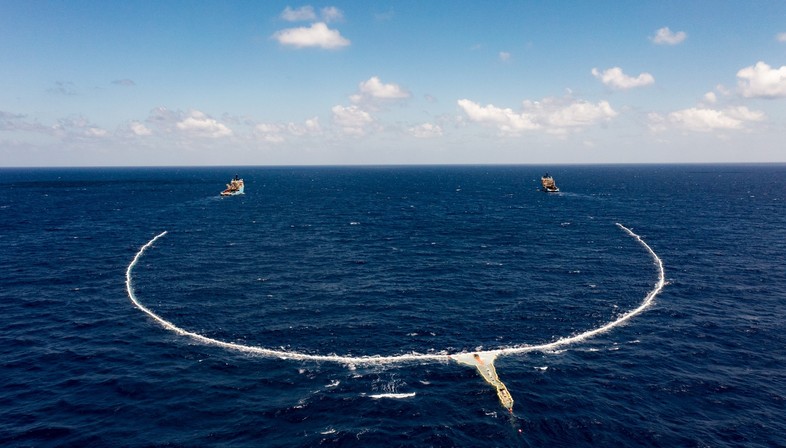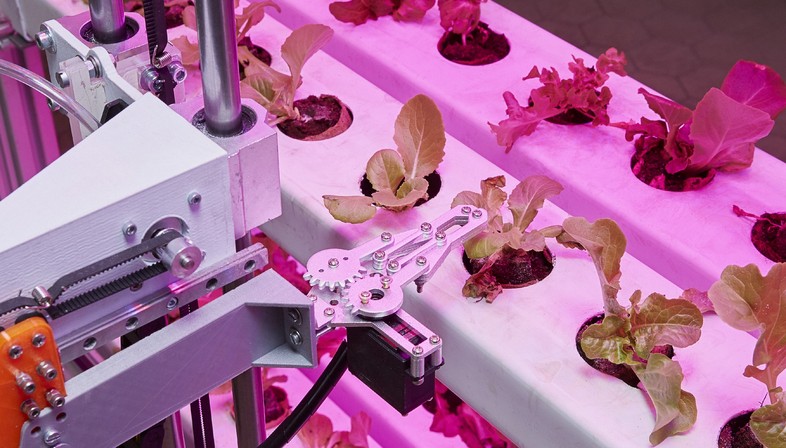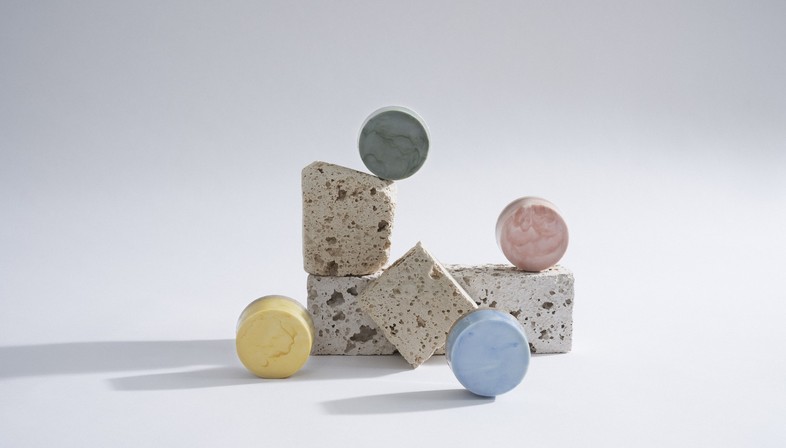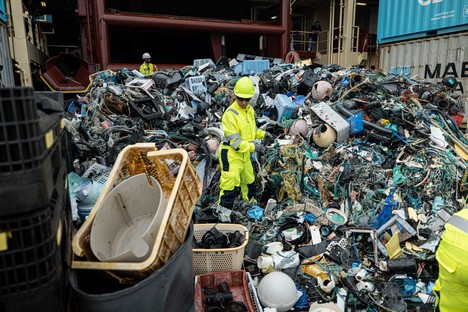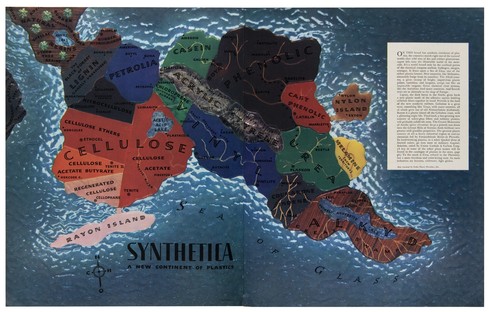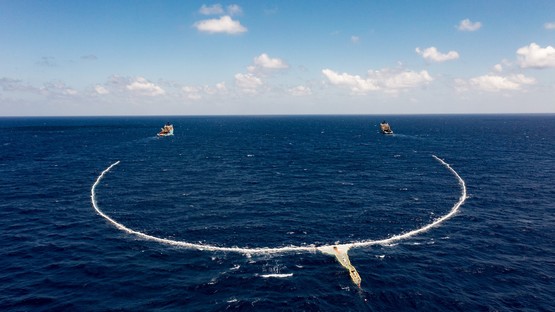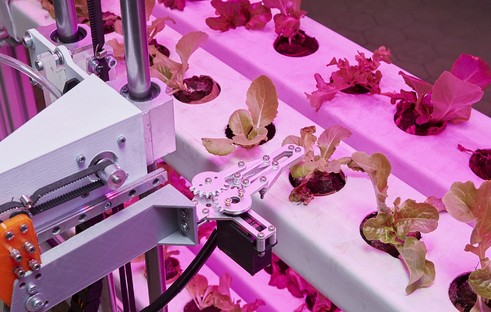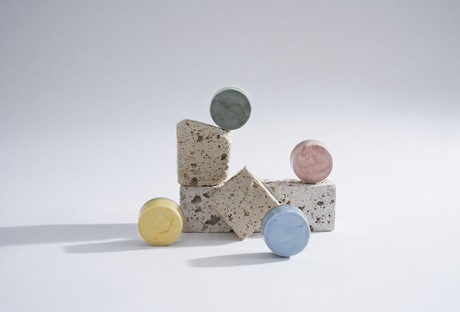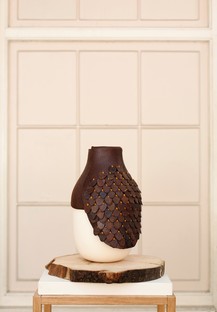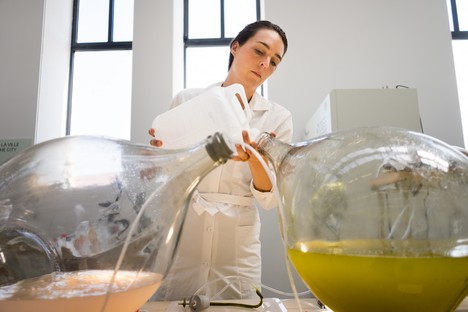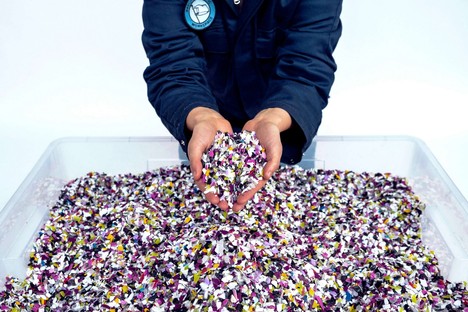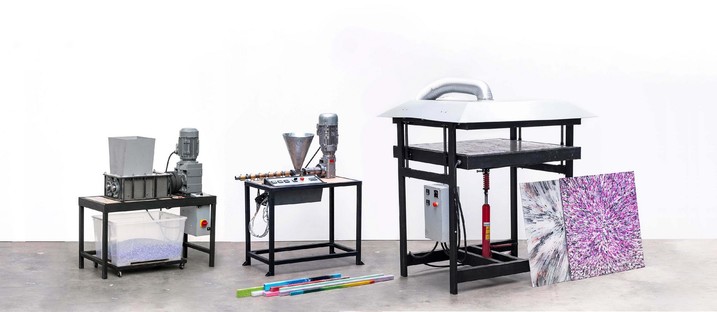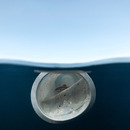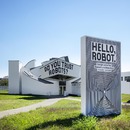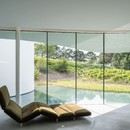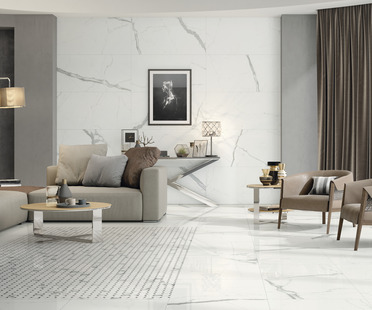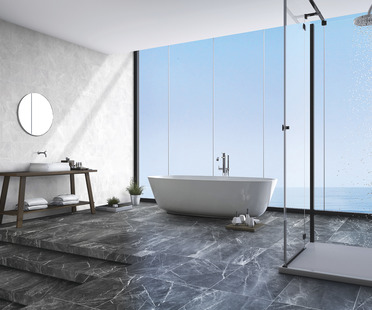28-04-2022
Plastic: the counter-revolution! The debate is open
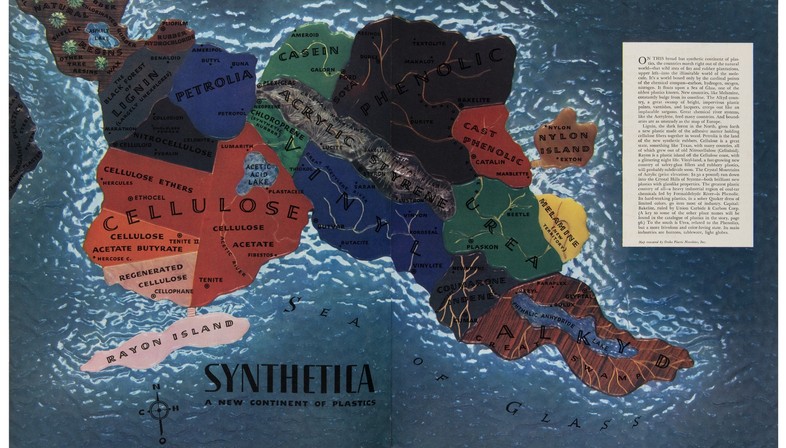
Two years of research, discussion and debate: the experts of the Vitra Design Museum in Weil am Rhein spent a lot of time putting together the content and exhibition open until September 4 focusing on the global phenomenon of plastic, its history, its uses, the problems it produces and possible solutions. “Plastic has shaped our daily lives like no other material,” explains Sabrina Handler, Chief Operating Officer and Deputy Director of Vitra Design Museum, “from packaging to footwear, from household goods to furniture, from automobiles to architecture, our contemporary lifestyle is completely relying on this material. The exhibition seeks to find answers and propose solutions – especially in the third part – to the following three questions: what is the problem? How did we get there? And what do we do now? Our intention is not only to expand visitors’ awareness but to act, to establish dialogue among companies, designers, consumers, activists and politicians.” One of the key points of the debate is understanding why and how plastic is truly irreplaceable (and in this case making it recyclable) and where it is not necessary: “We clearly do not want to demonise plastic,” continues Sabrina Handler, “but rather show the ambivalence of the material, between promise and problem, and look at how the perception and the role of plastic has changed over the years”.
Ineke Hans, a Dutch designer with studios in Arnhem and Berlin, is committed to making furniture out of recycled and recyclable materials (a chair she designed with these features appears in the exhibition, as well as the museum’s permanent collection). She emphasises that 65% - more than half - of all the plastic made since the mid-nineteenth-century, when the first synthetic materials were discovered, have been produced in the past twenty years. “It is pretty shocking,”, she comments, “if we realise that it means we can’t live without plastic today. We have really to look seriously into how we behave with plastic and accept responsibility for this. It is not just a problem for scientists and designers. We also need drastic behavioural change as consumers – and we are all consumers – because more than half is single-use plastic, not reused and thrown away. It is totally normal for us to go in the street with single-use coffee cups or bottles of water. Many companies want to produce bioplastics, but it’s not a solution for everything – it has to ensure performance and cost control”.
One person who is working on this is Insiya Jafferjee, CEO and Co-founder, with Amir Afshar, of Shellworks, a team of scientists, engineers and designers who are re-imagining the future of packaging, working with nature: “We’re critical optimists and are keen to find solutions to really difficult problems. Our vision is to break the reliance on the petroleum industry and build a new standard of packaging that is performant, cost-competitive, and truly sustainable.” After two years of tests and experiments, Shellworks launched Vivomer, an entirely vegan compostable material made with the aid of friendly microbes: “We always say that plastic is a wonderful material, but I think essentially it is a material that we use badly,”, explains Insiya, “for applications which last too long. We have to look at how we can use materials that last as long as we need to”. The founder of Shellworks hopes to see greater collaboration among scientists, engineers and designers, because designers are the true mediators between the demands of research and those of consumers: “ Sometimes the ones who find new materials don’t know how to apply them, and on the other side, the users need to learn how to manage materials and recycle them”.
Antonella Galli
All images relate to works or projects on display in the exhibition ‘Plastic: Remaking Our World’, now open at Vitra Design Museum in Weil am Rhein.
01 The Ocean Cleanup, the team separates plastic on deck after collecting it with the new System 002, October 2021. Courtesy of The Ocean Cleanup
02 Map of Synthetica, a continent of plastics, published in Fortune on 22 October 1940; Courtesy of Vitra Design Museum Archive
03 The Ocean Cleanup, System 002 during trial operation in the Great Pacific Garbage Patch, 2021. Courtesy of The Ocean Cleanup
04 Marco Cagnoni, Plastic Culture / Vertical Bioplastic Farm, 2018; Photo: Nicole Marnati
05 Shellworks, plant pots made of Vivomer, a bioplastic made with the help of microbes, 2021 Courtesy Shellworks, photo by Catharina Pavitschitz
06 Studio Formafantasma, Botanica, commissioned by Plart Foundation, 2011; photo by Luisa Zanzani
07 Klarenbeek & Dros in collaboration with Luma, microalgae cultivation for biopolymers;, photo by Antoine Raab, courtesy of Luma
08 Precious Plastic, shredded plastic; courtesy of Precious Plastic
09 Precious Plastic, machines for making recycled plastic materials (version 4); a shredder, an extruder and a sheet press. Courtesy of Precious Plastic










